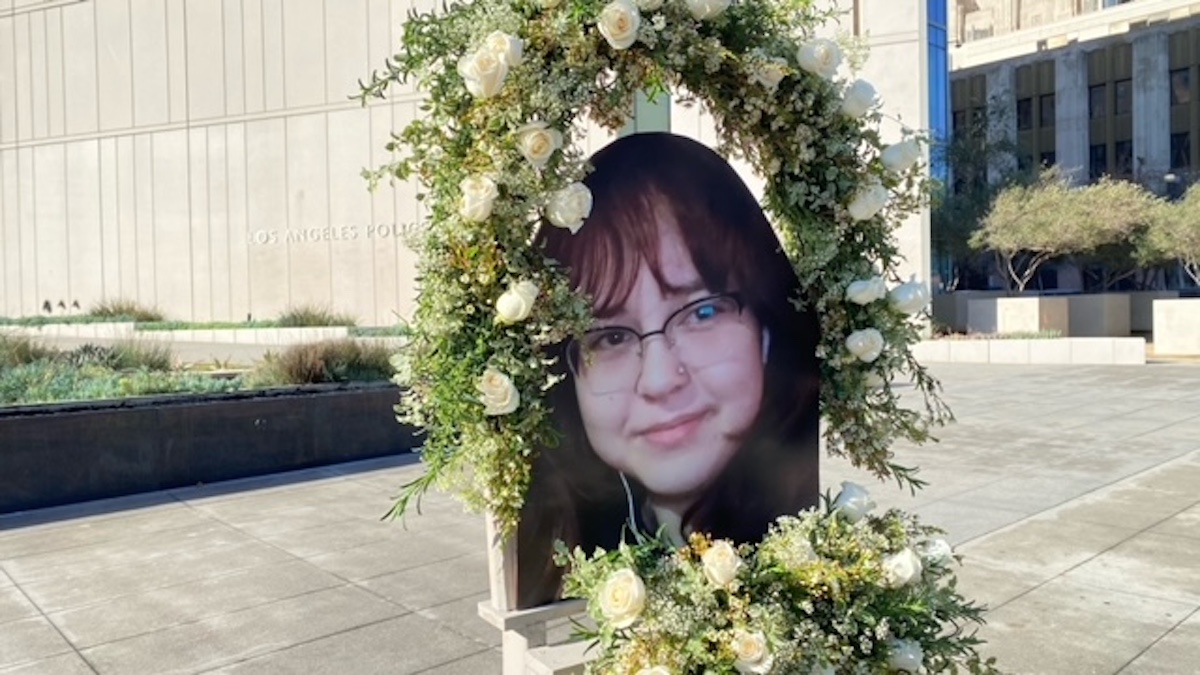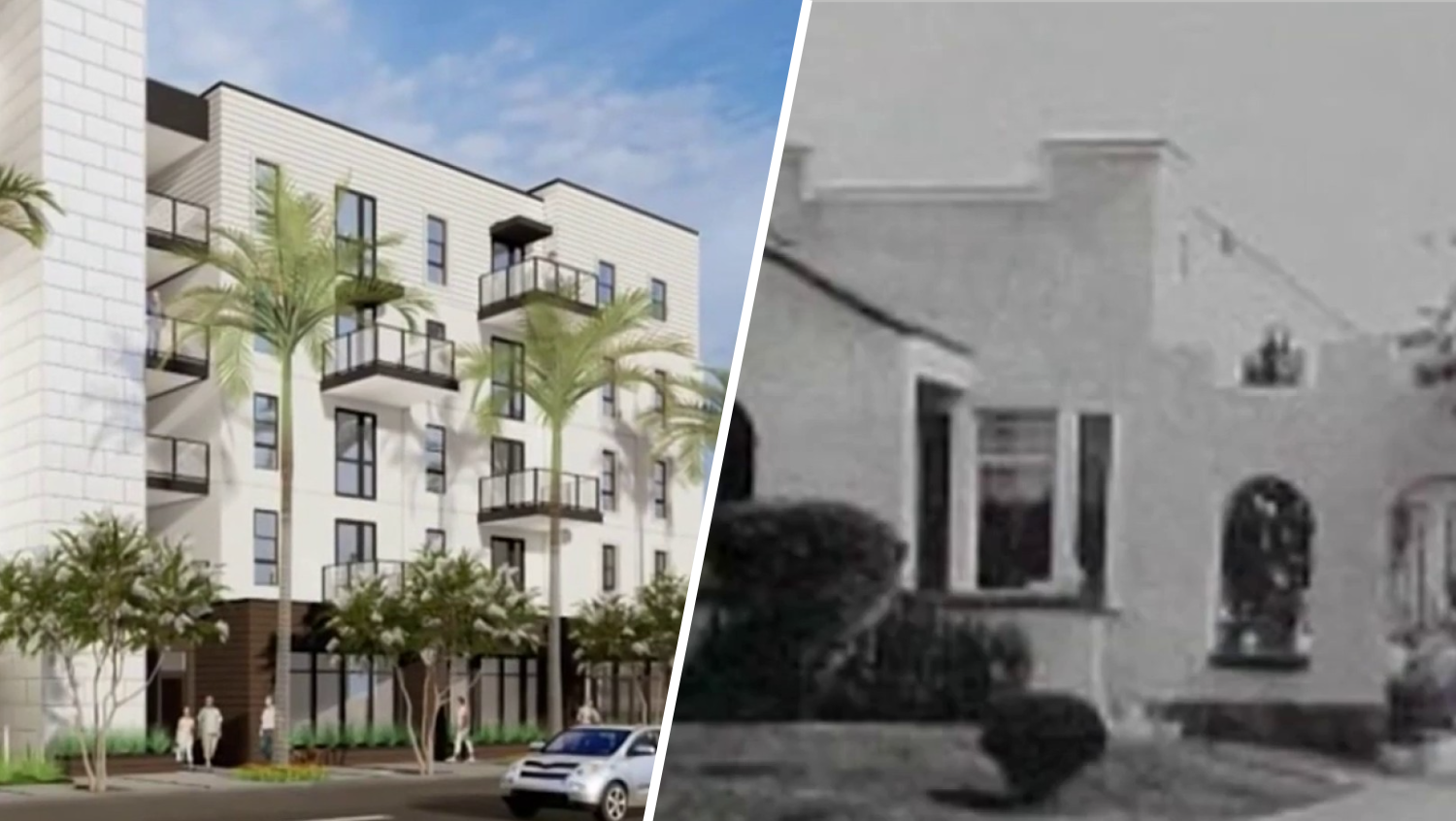Millions of Californians will participate in an annual earthquake drill Thursday that serves as a preparedness practice run for a large-scale quake.
If your cubicle mate gets up at precisely 10:16 a.m. and then suddenly drops to the ground and takes cover under the table, it's probably all part of the California ShakeOut event. The quake scenario will be recreated at that time around the state just one day before the 25th anniversary of the Loma Prieta earthquake in 1989 and 20 years after Southern California's devastating magnitude-6.7 Northridge quake.
The drills also come nearly two months after the 6.0-magnitude Napa quake on Aug. 24, which was the largest earthquake since Loma Prieta, a 6.9 magnitude earthquake that struck near Santa Cruz during the middle of a World Series baseball game between Oakland and San Francisco. One person died as a result of this year's Napa earthquake and hundreds of buildings suffered some type of damage.
The drills began in California in 2008, and as of Thursday morning, 10.3 million people had registered on the Shakeout.org website to take part in "drop, cover and hold on" drills -- by far the state with the largest number of participants. Last year, 9.6 million people participated statewide.
But earthquakes don't just happen in California. Thursday is also the national Great ShakeOut Day. According to the website, nearly 26 million people have registered to participate in earthquake drills.
Despite the damage that earthquakes can cause, California still does not have a fully implemented early earthquake warning system to warn the public that a quake is coming. At a hearing in San Francisco on Wednesday, convened by state Sen. Alex Padilla (D-Los Angeles), leaders discussed how to come up with the $80 million necessary to implement such a system that Mexico and Japan already have.
While California scientists have developed much of the technology, including those at the University of California at Berkeley, finding money to pay for the statewide system that could give up to 60 seconds of warning has not yet been identifed.
News
Top news of the day



